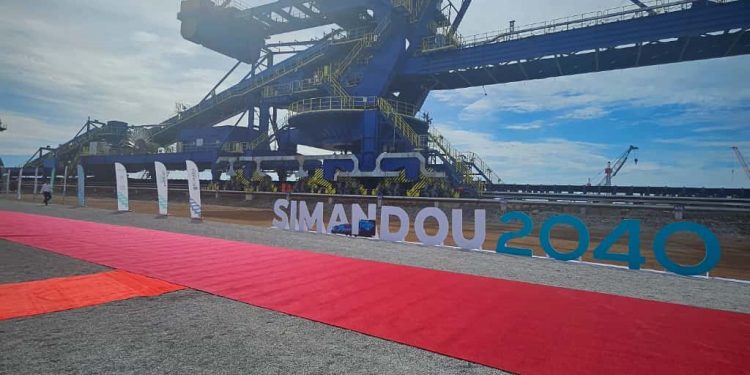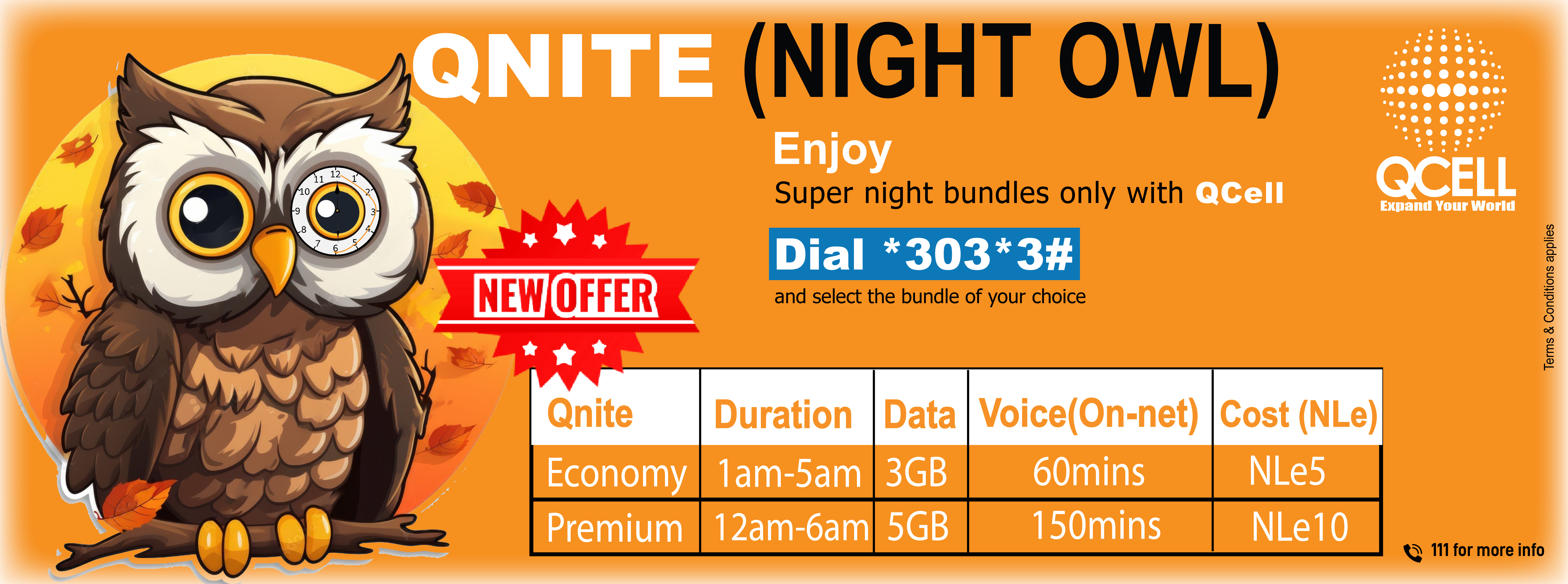By Julius Daniel Mattai, Minister of Mines and Mineral Resources
I woke up this morning truly inspired and filled with renewed conviction in the power of African cooperation, shared destiny, and responsible resource stewardship. On 11 November 2025, I had the privilege to travel with the Honourable Chief Minister, Dr. David Moinina Sengeh—representing His Excellency President Julius Maada Bio and the great people of Sierra Leone—alongside a distinguished delegation comprising the Minister of Communication, Technology, & Innovation; Salima Bah; the Deputy Minister of Water Resources, Francis Kallon; and other senior officials, to the Republic of Guinea for the historic launch of the operations of SIMANDOU 2040 at the newly constructed Morebaya Port, Guinea.
What we witnessed was not merely the dawn of a mining project, but the rebirth of a continental vision—an assertion that Africa can mine its own future, add value to its own wealth, and determine its own destiny. Sierra Leone and Guinea are bound by more than geography. Our people have long known that our traditions, aspirations, and destinies are intertwined in an unbreakable rhythm that echoes from the hills of Simandou to the plains of Tonkolili. My exchanges with my Guinean counterpart, Honourable Bouna Sylla, Minister of Mines and Geology, illuminated just how much we have to learn and achieve together — two nations blessed with iron ore deposits of world significance, yet challenged to ensure that those blessings translate into meaningful prosperity and transformation for our citizens.
Guinea’s Simandou 2040 experience is a billboard for Sierra Leone: showing how sovereign equity, strong institutional setup and legislative oversight, and transparent public-private partnerships can build not just mines—but nations. Simandou 2040 reflects what is possible when vision, legislation, and international partnerships align to serve national and continental interests. It demonstrates how transparent governance, world-class infrastructure, and community inclusion (radical) can turn a mining project into a development revolution. For Sierra Leone, this is a moment not for comparison but for inspiration. We must now leverage these insights—especially Guinea’s strategic use of state equity, its insistence on beneficiation, and its alignment between mining and infrastructure—to strengthen our own institutional capacity, investment environment, and participation in the global geopolitics of critical minerals and resources.
Fellow Sierra Leoneans, let us rise with the spirit of renewal and awareness. Let us refine our mindsets and mining laws and realign our national mineral policy to reflect 21st-century realities of global commodity and critical minerals demand, just energy transition, local beneficiation, and value addition for sustainable and broad-based socio-economic development. Let us build railways that connect not just mines to ports, but people to opportunities.
Now is our turning point to patriotically navigate the shifting global geo-politics of minerals with clarity and confidence. Sierra Leone must now stand as both producer and processor, not merely supplier; as co-owner, not bystander; as voice, not echo. Let the lessons from Simandou 2040 guide us toward a stronger, more self-determined mineral future—one that transforms our natural wealth into lasting national prosperity.Together, we can mine not just iron ore, but destiny itself.
NOTE:
Simandou in Guinea has the largest undeveloped high-grade iron ore deposits globally, with over 2.5 billion tonnes grading 65–67% Fe. Tonkolili hosts approximately 13 billion tonnes of lower to medium grade iron ore, averaging 30–35% Fe, and requiring beneficiation and upgrading.
The Simandou Iron Ore Project is co-developed by the Winning Consortium Simandou, China Baowu, Rio Tinto Group, Chinalco, and the Government of Guinea – with total estimated investment exceeding USD 23 billion across mine, rail, and port infrastructure. The Guinean government holds a 15% equity stake in the Simandou joint venture. The Tonkolili Iron Ore Project, now operated by Leone Rock Metal Group/Kingho Mining Company, was initially operated by African Minerals Ltd and later by Shandong Iron and Steel Group, has a cumulative investment of roughly USD 2–3 billion covering mine, rail, and port facilities in Pepel and Tonkolili areas.
Simandou’s infrastructure (rail & port) comprises 640+ km trans-Guinean railway from Simandou mine site to the Morebaya deep-water port, built to international heavy-haul standards with shared multi-user access policy. The Tonkolili Iron Ore Project comprises approximately 200 km of rehabilitated narrow-gauged rail from Tonkolili to Pepel Port, with limited capacity and restricted multi-user frameworks.












